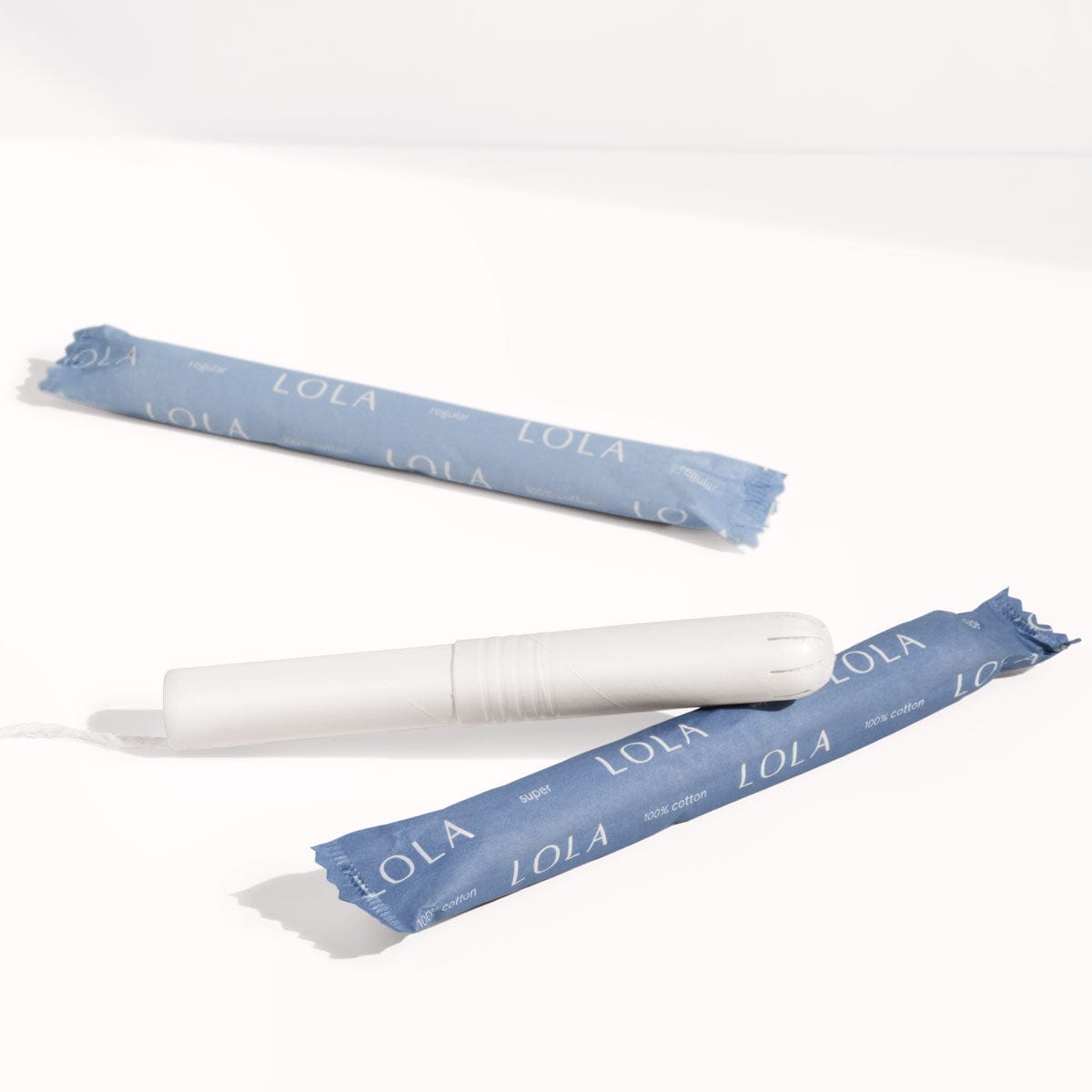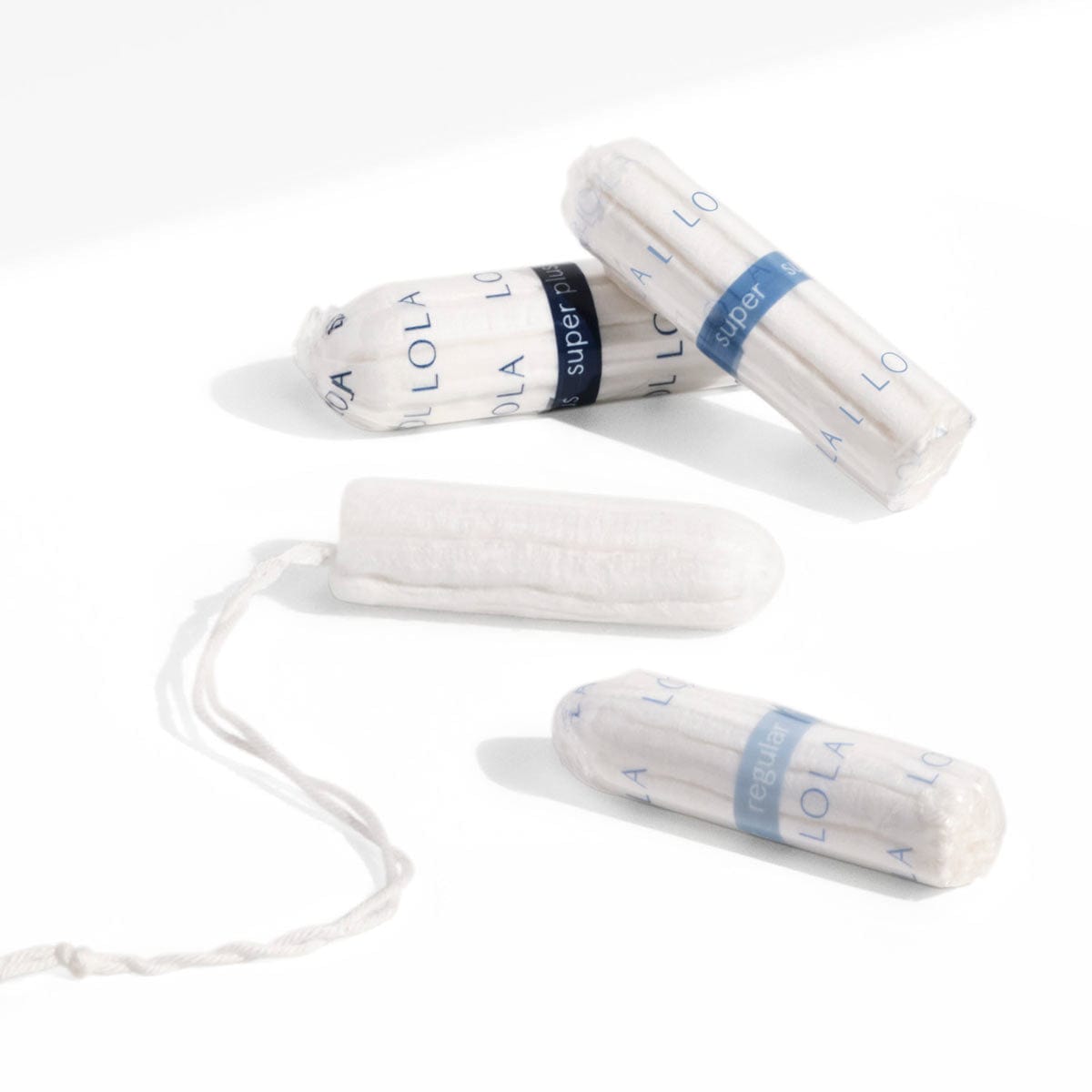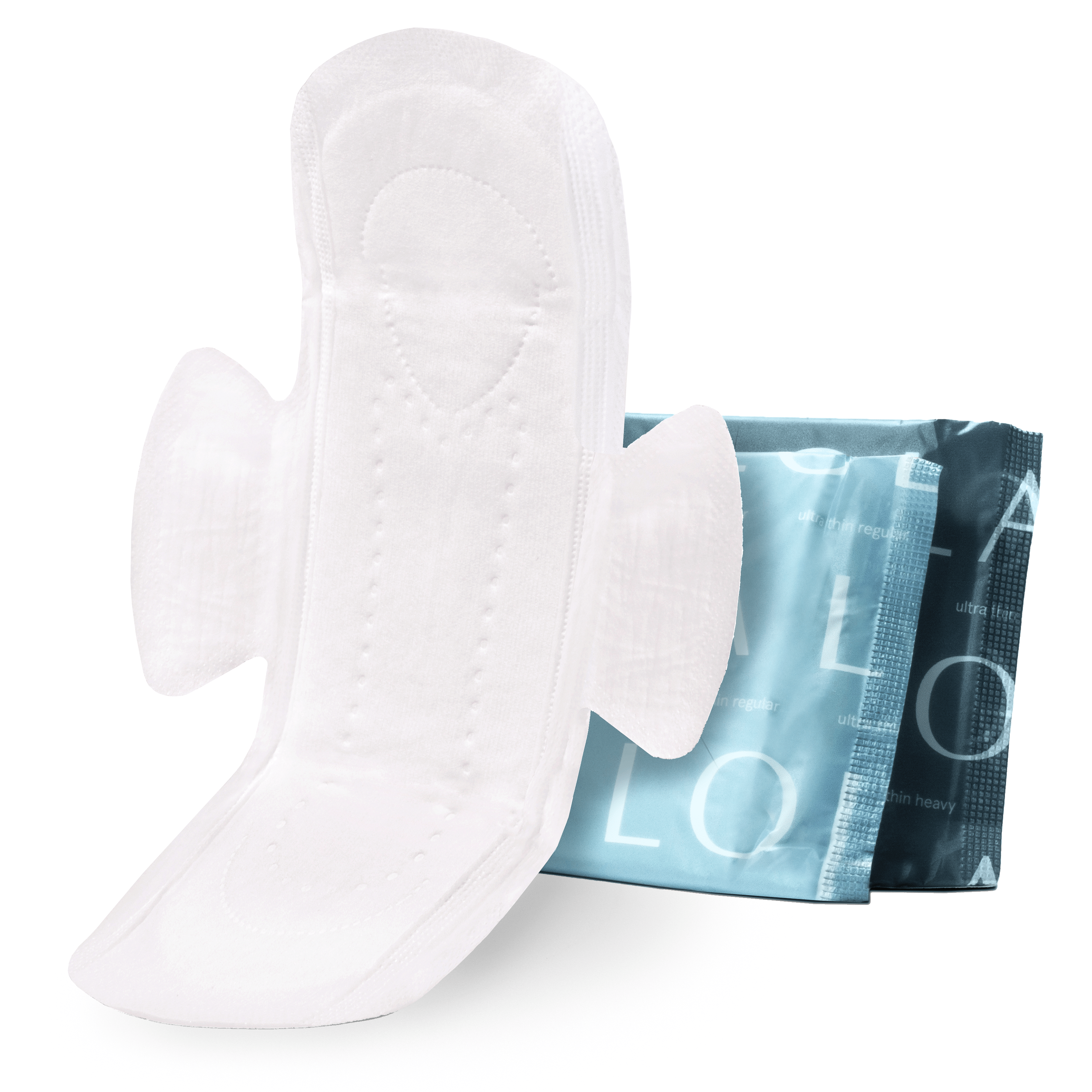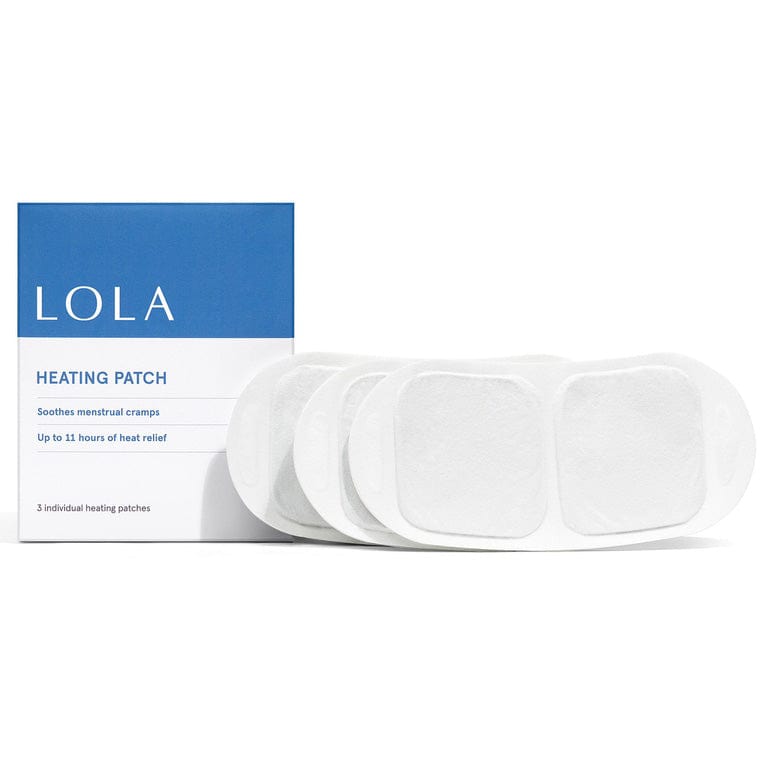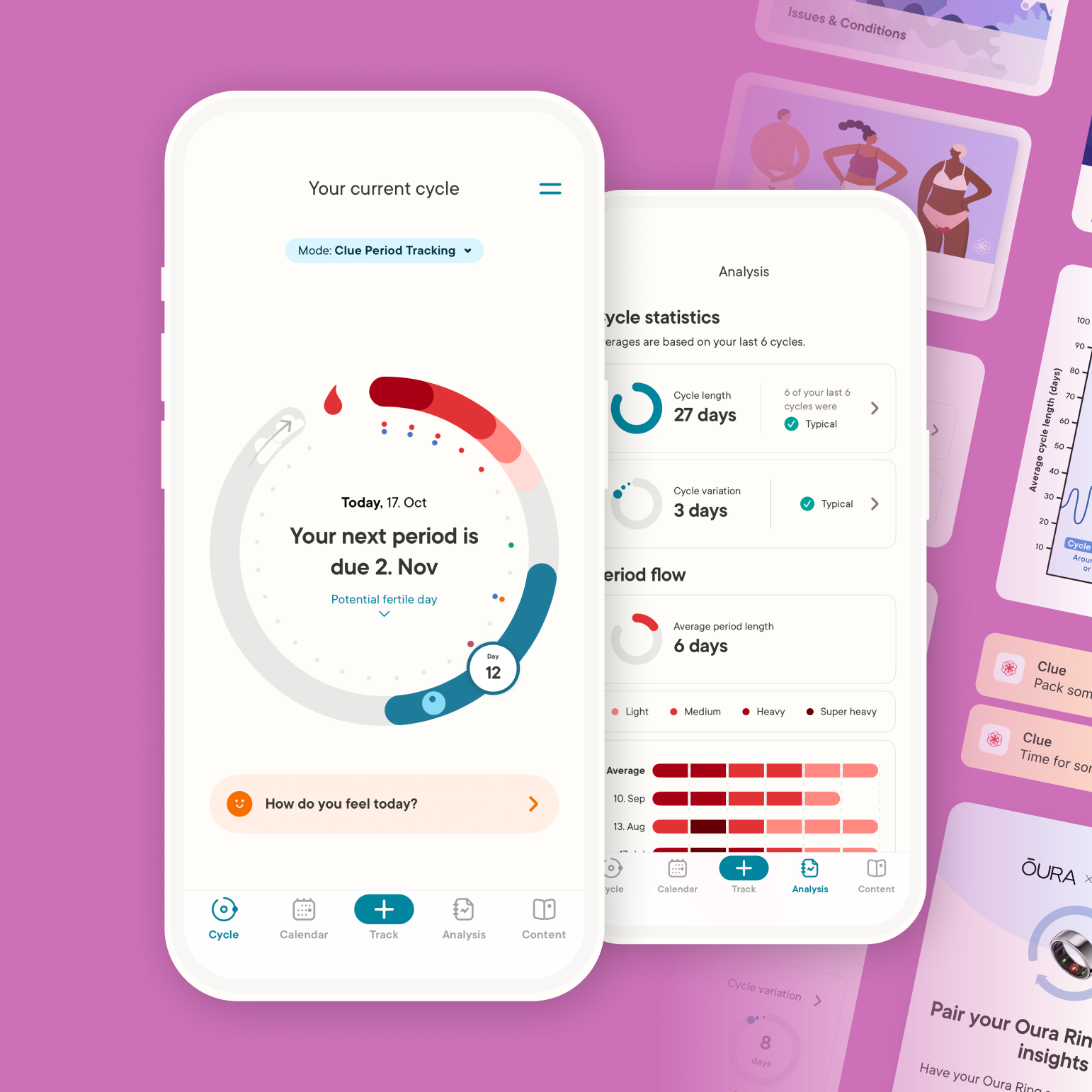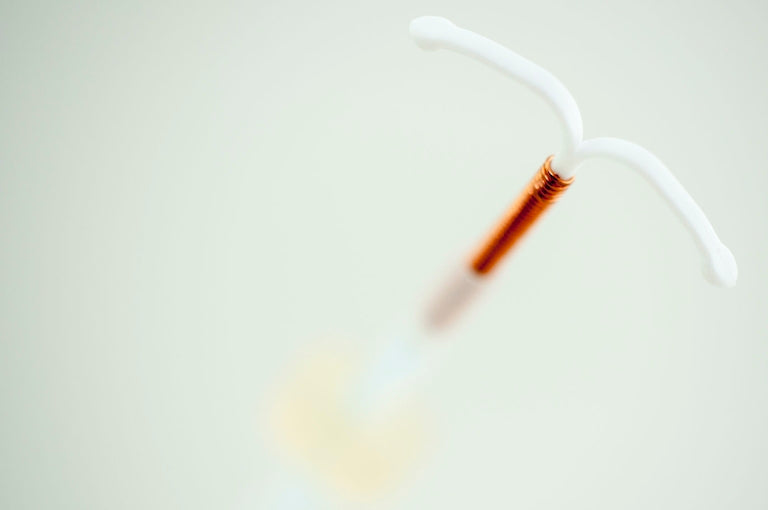IUDs are one of the most popular forms of contraception available today. Maybe you've already taken the IUD plunge, or perhaps you're debating whether to IUD or not to IUD. Either way, there are countless online articles and resources that walk us through what IUDs are, if they're the right choice, what to expect during the gynecologist visit to have one inserted, and even how to best adjust afterwards.
But have you ever wondered how IUDs actually work? It's easy to forget these tiny, T-shaped devices are capable of preventing pregnancy for years to come, which is pretty crazy when you sit back and think about it. To learn more about what these IUDs are actually doing inside our bodies, we talked to Kara Earthman, a women's health nurse practitioner student at Vanderbilt University Women's Clinic, who also writes about women's health on her blog, Earthwoman.
"I've done so many IUD insertions I've lost count," she says. "This includes inserting the Paragard, which is a copper, non-hormonal IUD, as well as the Mirena and the Skyla, which are both hormonal IUDs made out of plastic."
First, Kara explained the the science behind the Paragard for us.
How Does Paragard Work?
"The Paragard is made out of copper for a reason. Copper ions, which make up the copper IUD, are toxic to sperm. The ions kill the sperm before it can ever find the egg. Once, during training, I was told the process works just like a decapitator " cue sperm in the guillotine."
If you have the Paragard, this is exactly how it's able to prevent pregnancy for ten to 12 years, and why it's 99.7% effective. After this amount of time, the copper starts to wear down, making the Paragard less successful at killing sperm. You may be wondering, "What happens in cases where the Paragard isn't effective?" Kara explained that no form of contraception can be 100% effective unless you're not having sex. But, in rare cases, the Paragard may not be positioned properly at the top of the uterus, the "fundus." This makes pregnancy with the Paragard possible, but again, this is extremely rare.
How Does Mirena and Skyla Work?
The Mirena and Skyla prevent pregnancy a bit differently. Both the devices are made out of plastic, but the exterior plastic surface is porous. Inside the Mirena and Skyla, there's a supply of progesterone, a hormone that's released at regular intervals through the plastic and into your body. Once the hormones are emitted, they work to create a thick wall of mucus around your cervix.
"This thick mucus acts like a plug to the cervix"it makes it very difficult for the sperm to get through," says Kara. "If you didn't have an IUD, this naturally-occurring mucus would thin out around ovulation, which would allow sperm to more easily reach and fertilize the egg."
In addition to this wall of cervical mucus, the Mirena and the Skyla also cause inflammation around your uterus. While scary sounding, this isn't something to worry about. It's normal and healthy for this to happen if you have an IUD. When an egg is fertilized by a sperm, it has to find a home in the uterus wall. This home is called an "implant." The egg must have easy access to the uterus wall and create an implant in order to get blood supply to the future baby.
"But, with IUDs, the wall of the uterus is inflamed," says Kara. "Should an egg get fertilized by a sperm, which is already hard to do with the thick layer of cervical mucus, the fertilized egg can't find a good home on the uterus' wall that would work to grow a baby. This is due to the inflammation."
So, between the wall of mucus and inflammation around the uterus, it's very unlikely for women with the Mirena or the Skyla to get pregnant. In fact, both are 99.9% effective at preventing pregnancy.
The Bottom Line
Still need some convincing? Kara also mentioned that IUDs are the most popular choice of contraception among OB/GYN providers. "If we want them for ourselves, this should speak volumes to how much we love IUDs. They're a fantastic and extremely effective option for women looking to prevent pregnancy."

